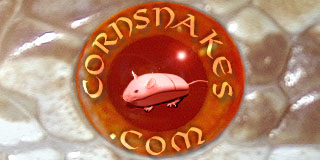Hallie
SNOW!!!!
If you can't keep a snake the way it is, than you shouldn't be keeping the snake at all.
Not that I'm going to get into it too much, but there have been no studies done on the long term effects of a venomous snake deprived of venom in relation to the health of the snake. There is strong edvidence to support venom plays a key role in the digestive process and there-fore this type of ill concieved and idiotic practice may actually cause shorter life-spans and/or other health issues to the snake.
~B~
I completely and totally agree. The only time I think this procedure should even be considered is when the animal in question is going to be used for educational purposes and there is a risk of others being bitten. If a snake is going to be kept in a private collection, I don't feel that they should be altered in any way. If you can't handle it, don't get it. (Which is why I don't have any at the moment, I know I'm not ready yet.)
